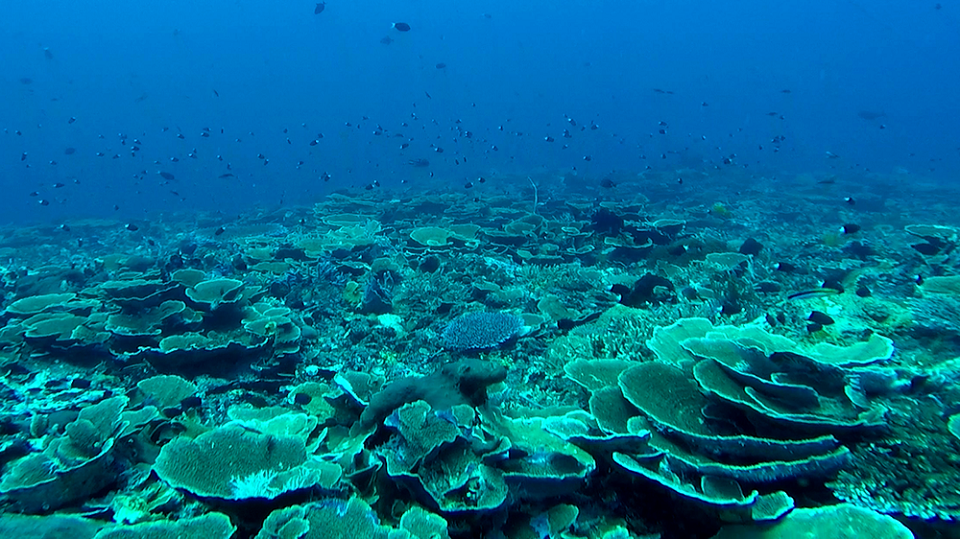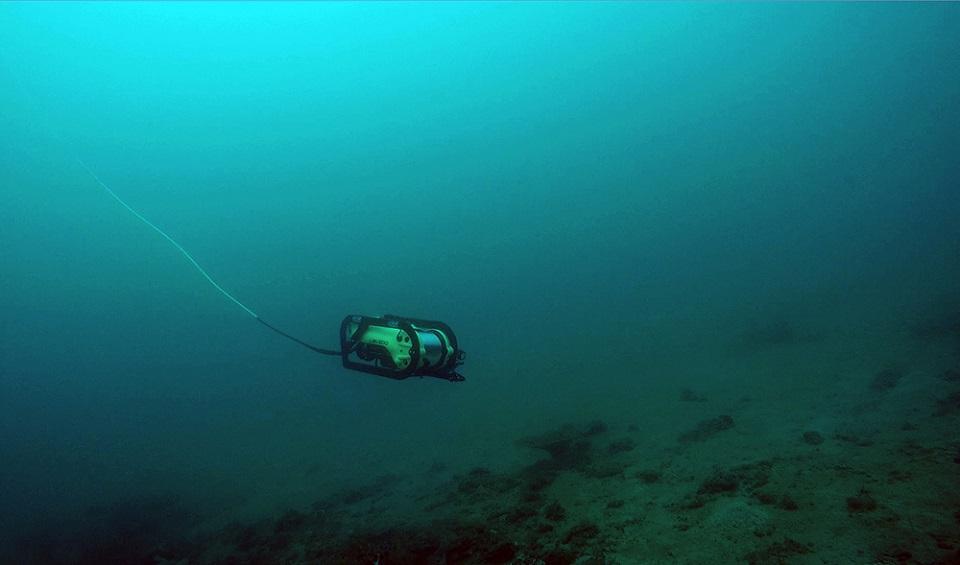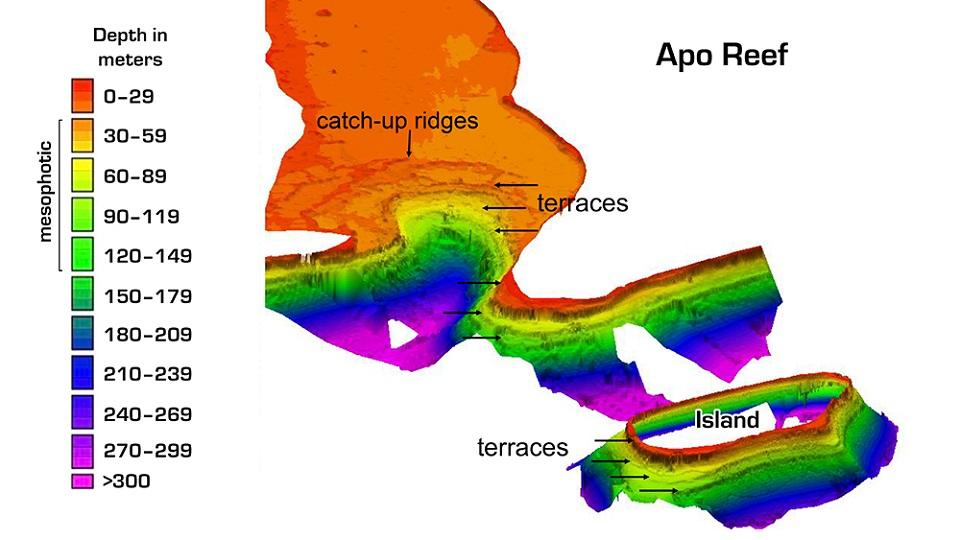The corals of the deep: Pinoy scientists explore ‘twilight zone’ reefs

The coral reefs that most people are familiar with are those found in shallow, sunlit waters. But found at 30 to 150 meters' depth, mesophotic reefs thrive in the twilight zone between sunny waters and complete darkness.
Because they're so difficult to get to, there is minimal knowledge of the Philippines' mesophotic reefs. The Geophysical Coral Mapping (GCM) Project, headed by Dr. Fernando Siringan of the University of the Philippines Marine Science Institute in collaboration with Dr. Cesar Villanoy and Dr. Patrick Cabaitan and funded by the Department of Science and Technology-Philippine Council for Agriculture, Aquatic, and Natural Resources Research and Development (DOST-PCAARRD), is the Philippines' first full-fledged foray into mesophotic reef research.
What is GCM?
GCM has geological, oceanographic, and biological components. The project aims to map the seafloor up to 200 meters' depth, find out what processes shape the morphology of reefs, and record the continuity of reefs below 20 meters' depth.
The research teams use advanced equipment like single-beam, multi-beam, and sidescan echosounders to map the reefs, acoustic Doppler current profiler (ADCP) and conductivity, temperature, and depth profiler (CTD) to study the water column, and a locally developed remotely deployed video system (RDV) to survey fish communities and benthic cover.
Due to safety concerns, research divers can stay at a maximum depth of 40 meters for only 10 minutes. But technological advances like the RDV allow them to spend more time "underwater" with less risk. They also use a remotely operated vehicle (ROV) to explore depths up to 200 meters (163 meters' depth explored so far) where natural light is almost absent.

But why mesophotic reefs?
Scientists have previously suggested that mesophotic reefs can serve as sanctuaries for many species of corals, fishes, and invertebrates because they are harder to reach by both human stressors (e.g. coastal development and fishing) and natural disturbances (e.g. typhoons), e.g. the deep refugia hypothesis.
For example, GCM researchers found that commercially important fishes are bigger and more abundant in deeper reefs compared to the more easily accessible shallow reefs. As the effects of overfishing and climate change become more and more pronounced, researchers hope that these mesophotic reefs can supply the juvenile corals and fishes much-needed by degraded shallow reefs.
_in_Apo_Reef_(by_Edwin_Dumalagan_Jr)_2016_09_19_15_54_30.jpg)
"The GCM project is focused on discovering what we have at mesophotic depths. We have very scant knowledge of what we have at these depths. Mesophotic work will certainly increase our awareness of our biodiversity. Even more important is their potential as refugia and source of novel compounds. The geological data that we are generating can help us understand how coral reefs respond to sea level changes and gain insights on our tectonic history," says Siringan.
Results so far
Scans of Apo Reef have shown impressive reef walls, terraces, and pinnacles. Researchers have also found upwelling currents along the Verde Island Passage.

These upwelling currents bring cold, nutrient-rich waters up from the depths and into the nutrient-poor shallows, which they believe contribute to the extraordinary marine biodiversity in the VIP. The research results show that mesophotic reefs are usually associated with older reefs that were submerged during the overall rise of sea level in the past 18,000 years when the earth's climate shifted from glacial to the present interglacial state.

Going into GCM's third year, the research teams hope to gather even more data on these unexplored reefs, expand their research to cover more areas, as well as improve the RDV into a cheaper video setup that other researchers can use. — BM, GMA News



